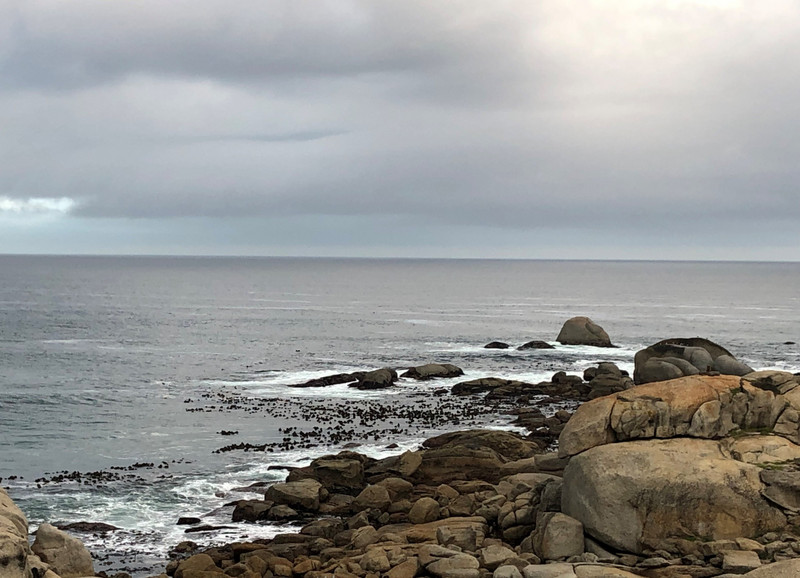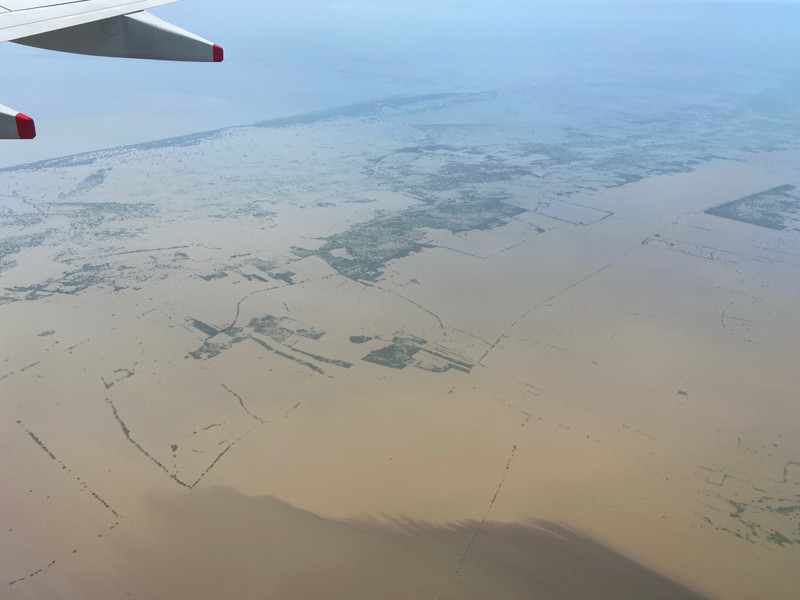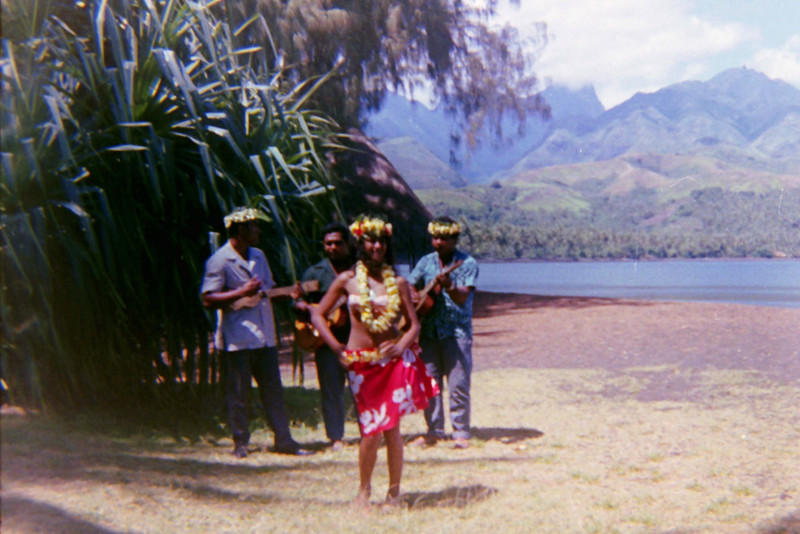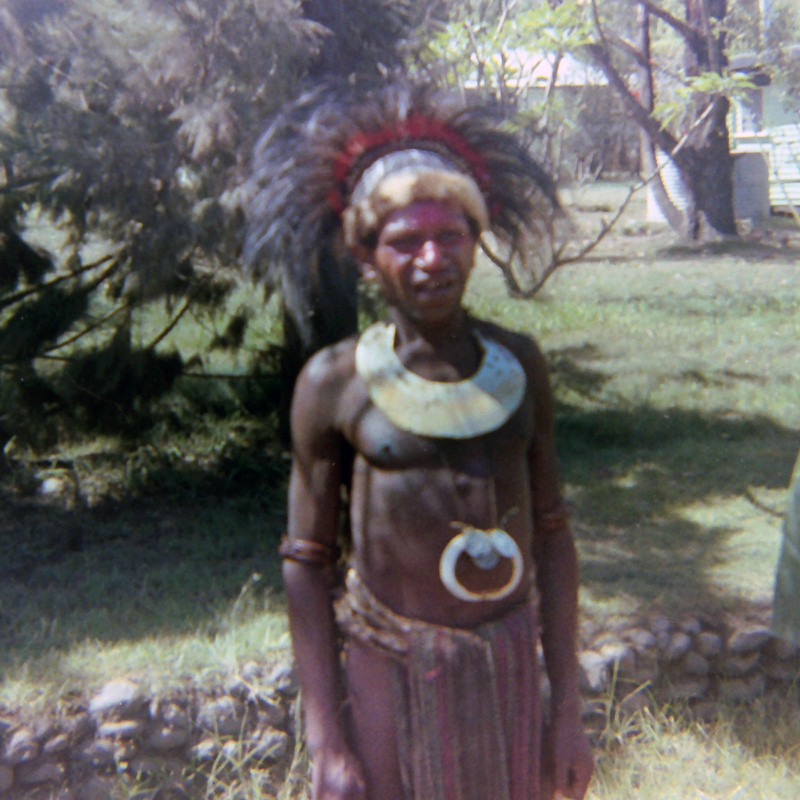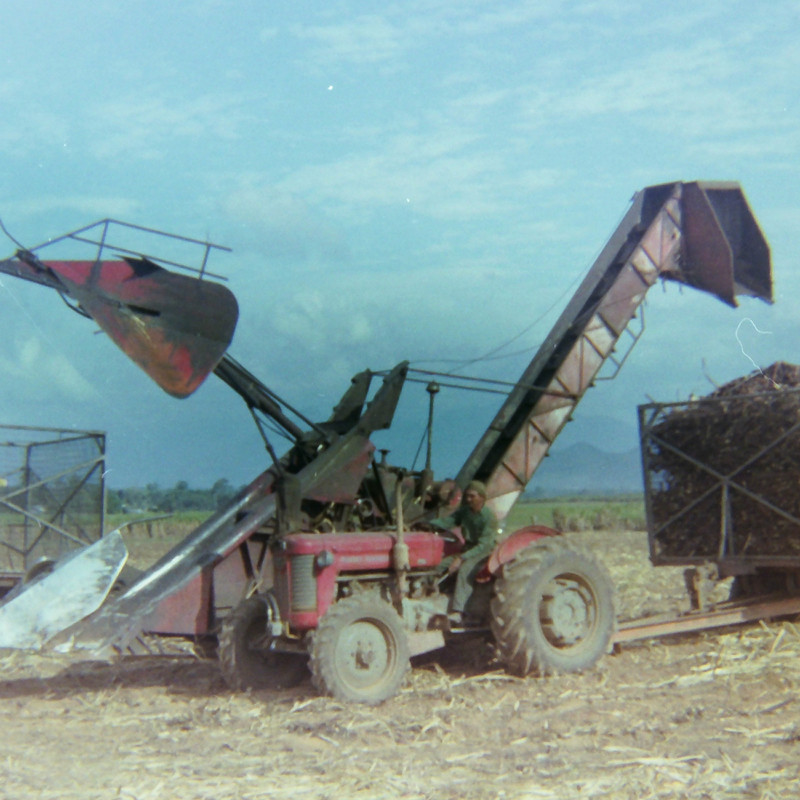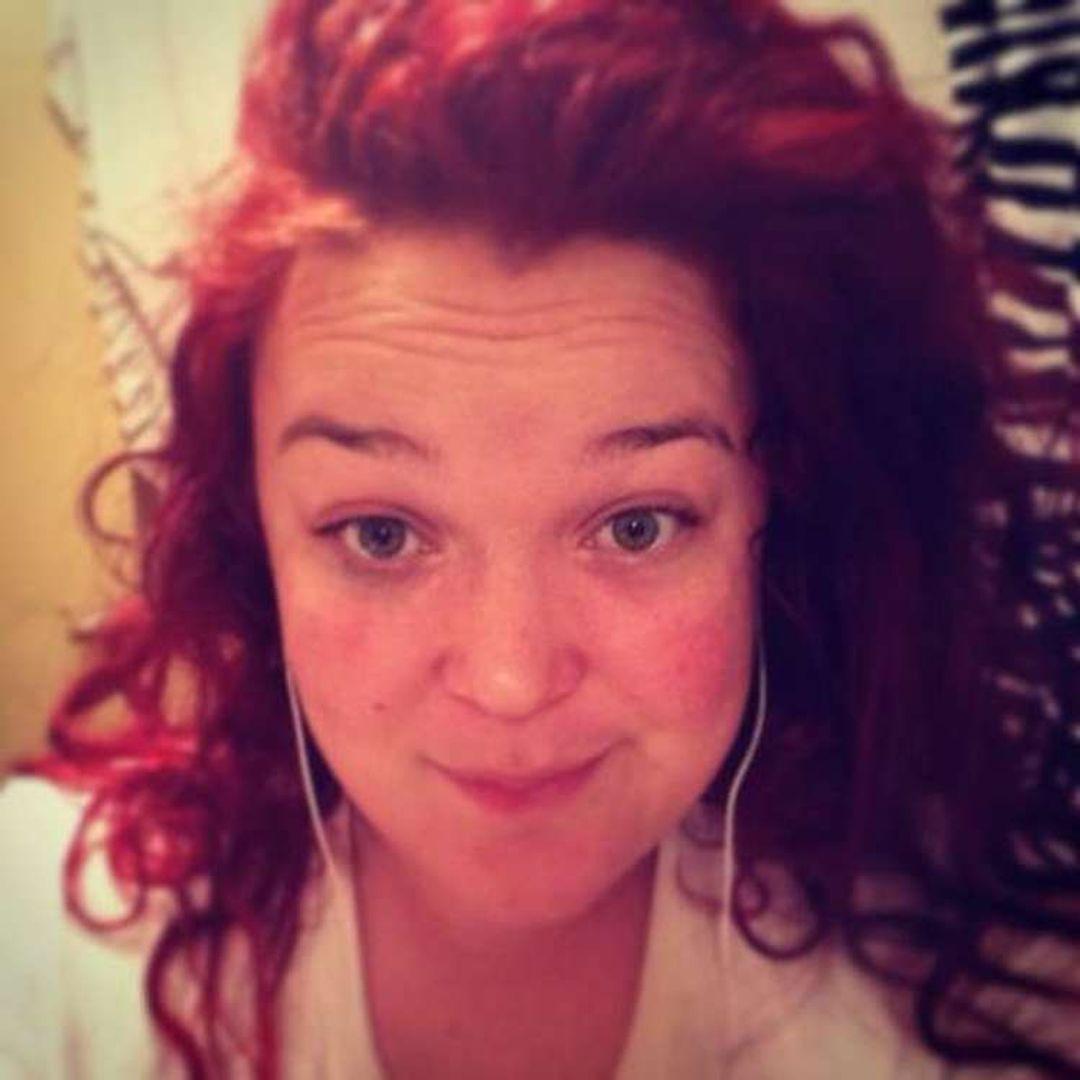Our first full day in South Africa, we embarked in a tour of the Cape Peninsula, driving along the coast along mountains, coves, and beaches to Cape point at the southwestern tip of the Cape Peninsula.
After a stop in Clifton to see the spectacular bay view, we followed Victoria Road in the direction of Camps Bay which provides a glimpse of the exclusive Llandudno suburb and beach and around the next corner views of Lions Head and the 12 Apostles. Victoria Road passes the Promenade of Camps Bay, with its world renowned restaurants and rooftop bars like Chinchilla.
We continued our drive towards Cape Point, with another panoramic stop at the fishing village of Hout Bay.
Chapmans Peak Drive, Chappies to the locals, is a marvel of engineering route with 114 twists and bends, carved between 1915 and 1922 by convicts into the seemingly impassable west facing sandstone cliffs. With a sheer drop to the ocean below on one side, and the entire steep mountain wall on the other, its one of the most scenic and beautiful roads in the world.
to the cliffs being prone to rockslides. As a precaution it was closed during bad weather until, in 1999 on a clear and apparently day, a motorist was killed and wild fires caused additional debris that closed the road. It was at that point that engineers worked to install safety measures. One of them, a catch fence steel net, hugs the cliffs and protects the road from smaller slides.
The weather was temperamental, with bouts of heavy rain at times, and always windy, although I was told it was to what it could sometimes be, but the drive is dramatic and scenic, with oceanside suburbs eventually giving way to vast ocean views.
The coast features enormous boulders and rough surf, with beautiful coves of sandy, expansive beaches and glorious blue water that nestle upscale neighborhoods like Camps Bay.
The area also boasts full troupes of baboons that plague the citizens of the area, although I found the stories of their antics to be quite funny.
However, it is strictly forbidden to feed them, with the slogan A fed baboon is a dead baboon. As we were told, because of the nature of the
baboons hierarchy, they would consider somebody that handed over food subservient. It would likely lead that baboon to threaten, or attack, humans that did not submit.
We continued along the coast to the Cape of Good Hope Nature Reserve, watching baboons as well as ostrich farms, and eland along the road.
Finally, we arrived at Cape Point and our last stop, the Old Cape Point lighthouse. We parked at the large parking area right by the funicular, so I decided to forego climbing the path for a ride in the funicular, and save my energy for the many levels of steps leading to lookouts to get good vantage points of the spectacular landscape surrounding the lighthouse. A fortunate break in the bad weather even provided a clear view of the distant mountains on the other side of False Bay.
Afterwards, we followed the coastline along False Bay to return to Cape Town via Simons Town, where we stopped for a delicious seafood lunch at a waterfront restaurant. Here, a short walk away, we visited the adorable penguin colony at Boulders Beach started some years ago when a small group of penguins arrived at this cove
and, although penguins usually choose islands, settled there. It has grown now to around 300, or probably more now since we saw several new babies in the colony.
On our way back we came across one of the estimated 500 MSR (Men on the Side of the Road Project) sites around South Africa where everyday thousands of unemployed men wait for work from residents or contractors in the area. Many of these men over the years of casual work have picked up the necessary skills to get work without having the recognized trade papers. MSR guarantees that the men at these sites have are able to earn a wage befitting their skills level.
